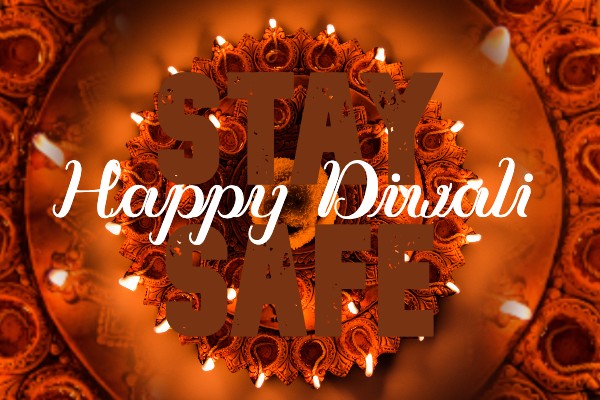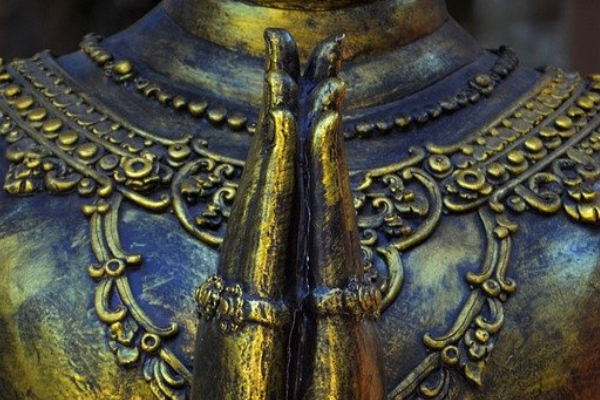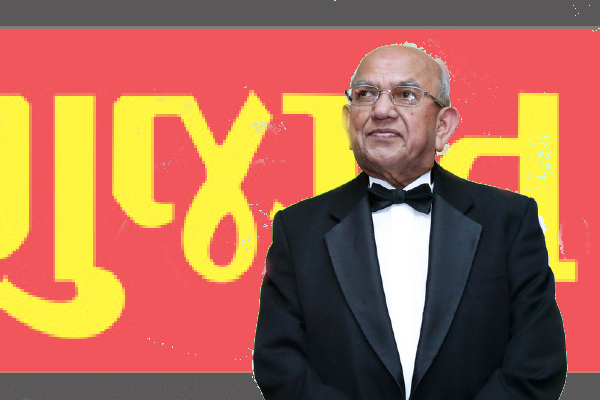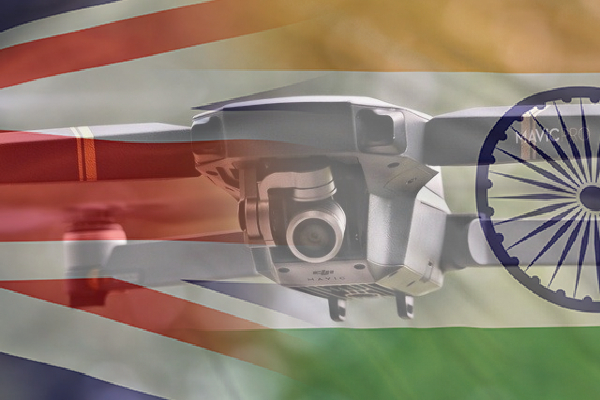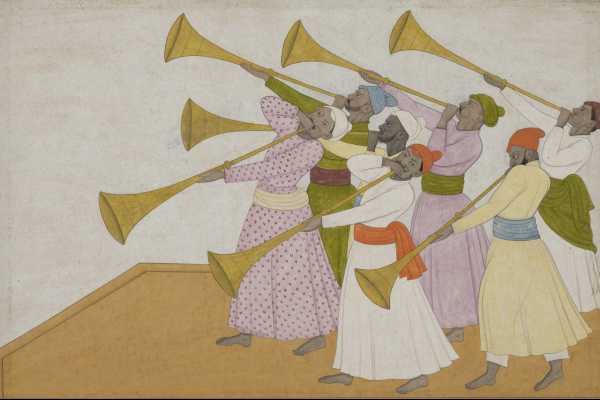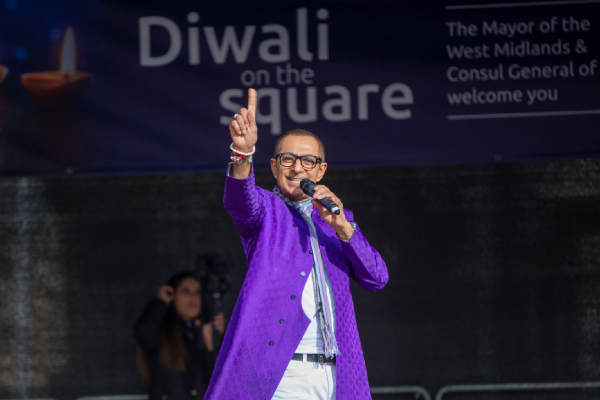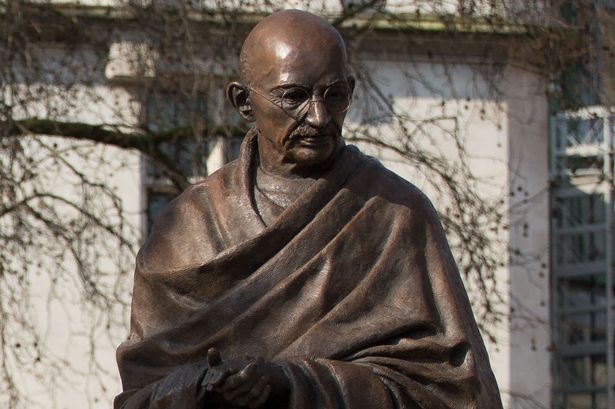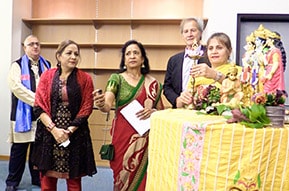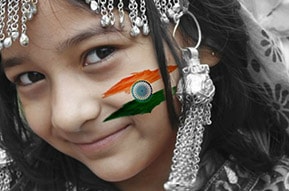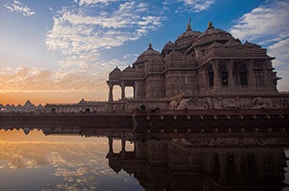Dusshera- A conquest of good over evil.
Dusshera, a festival we celebrate to commemorate the biggest example of victory of good over evil. A word Dusshera is derived from Sanskrit word Dashahara – which means Dasha –ten and hara- annihilation or killing of ten heads. Dusshera is widely celebrated all over India with a great enthusiasm and zest. However, the customs and rituals are unique in different regions of the country.
The most famous is people enact virtues verses from the text Ramcharitamanas by Tulsidas in the form of storytelling, right from ten days and prior to Dusshera. On a tenth day effigies of Ravana are ablaze by fire crackers which depict a victory of Lord Rama. The beautiful performance of art tradition during Dusshera was inscribed by UNESCO as one of the “Intangible Cultural Heritage of Humanity” in 2008. It is celebrated in northern region especially historically signified Hindu cities- Ayodhya, Varanasi, Vrindavan, Almora, Satna and Madhubani are the main representatives.
In Mahabharata, on this day Arjuna proved himself that he is the best archer and warrior in the world by killing Kuru dynasty. To celebrate victory of Arjuna, Dusshera is known as Vijaya Dashami.
The renowned international festival is Kullu Dasara. In Himachal, this festival is celebrated where large numbers of people gather from different regions from valley and deities of lord Raghunath is carried to Kullu. A beautiful story is depicted where King Jagat Singh installed idol of Raghunath on his throne to mark penance. The idol was brought from Ayodhya from Rama’s birth place to Kullu. This is how this is linked with Dusshera and it is celebrated as Kullu Dasara.
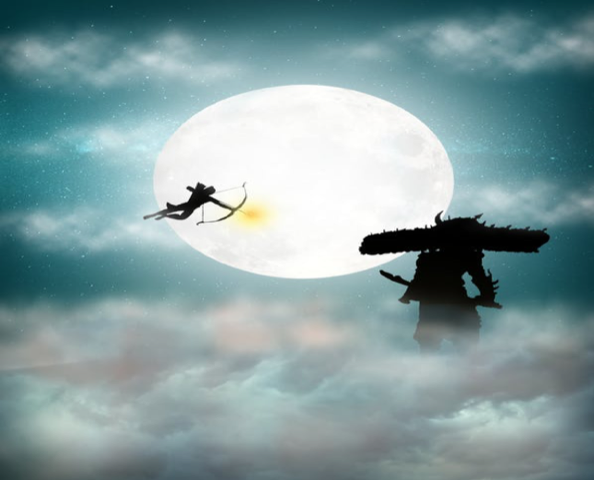
Why Dusshera coincides with Navaratri?
The epic says Lord Rama was in a fierce battle with Ravana and he wanted to secure blessings from Goddess Durga. In the mean time Goddess Durga was in an ongoing battle with Mahishasura. The customary rule to please goddess Durga is to offer 108 lotus but Rama could gather only 107and he decided to offer one of his eyes which looked like blue lotus. Seeing his devotion goddess Durga was pleased and appeared in the form of Chandi as she was on her way to kill the evil Mahishasura, the other mighty demon.
In the west part of India, Dusshera is celebrated with Navaratri where devotees worship both Ambe Gauri another name of Goddess Durga and Lord Rama.
In eastern part of India the tenth day, idols of Goddess Durga with highest respect and devotion with a loud chants and drum beats, is immersed in a river or large pond. Immersing in water signifies that goddess Durga will return to Mount Kailash back to Lord Shiva.
In southern part of India, people worship Goddess Durga by lightening the temples and forts especially fort of Mysore. It is believed after slaying Mahishasura; weapons used in battle were kept to worship. This ritual is called Ayudha Puja. Goddess Durga worshipped Saraswati (the Goddess of wisdom, arts and literature), Laxshmi (Goddess of wealth) and Parvati (the divine Goddess). In south this festival is dedicated to Saraswati, the Hindu goddess of knowledge is worshipped along with her instruments. The tools of her instruments, tools of work and implements of their livelihood are worshipped remembering Goddess Durga and Saraswati. Kids aged 3-4 are admitted to school on this day.
Vijaya Dashami is considered an auspicious day for Hindu as it means victory therefore they start their project, buy new vehicles or property on this day with a faith it will prove lucky to them.
The theme to celebrate Dusshera is to worship triumph of Goddess Durga and Lord Rama and their victory of good over evil. It is also said Dusshera means to kill the ten bad fate of human- Kama vasana (Lust), Krodha (Anger) Lobha (Greed) Moha (Attachment) Mada (over pride) Matsara (Jealousy) Swartha (Selfishness) Anyaaya (Injustice) Amanvata (Cruelty ) Ahankara (Ego). By killing Ravana his bad qualities were eradicated and same apply for us where we should remove such qualities to stay pious, peaceful and honest. No matter how powerful the evil is, it will come to an end one day.




